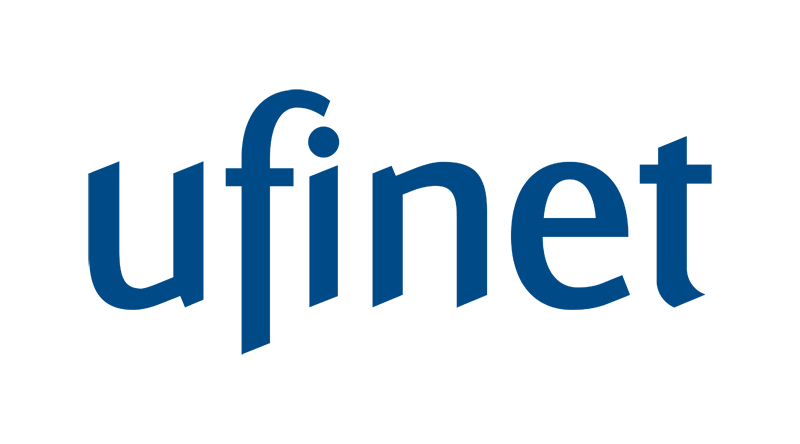If you’re familiar with data connectivity and capacity services, you might already realize that wireless internet connections aren’t truly untethered. They still have to be supported by other systems in order to provide the accessibility and connectivity that consumers expect.
In many situations, fiber optic networks are actually the backbone of wireless communications. Fiber optic internet connections aren’t subject to the same speed limitations that DSL and cable are; because light moves at a rate of 186,000 miles (almost 300,000 kilometers) per second, fiber optic connectivity is often preferred for its speed. And when fiber optics act as the foundation for wireless and cellular connections, consumers are able to access high-speed internet more readily.
Fiber optics are used in a wide variety of setups and scenarios to improve internet connectivity. One example of this is with Distributed Antennae Systems (or DAS). Let’s take a closer look at how DAS works and how fiber optics factor in.
What Are Distributed Antennae Systems?
Because certain buildings and more remote outdoor areas can often decrease the effectiveness of wireless or cellular signals, there’s often a need to bolster existing connections to minimize the risk of dropped calls and subpar signals for mobile devices. Essentially, DAS amplifies cellular wireless signals with the installation of antennas. These antennae send and receive wireless signals, all on the carrier’s specific frequencies, in order to improve connectivity.
There are a few types of DAS to choose from. These systems can either be active, passive, or a hybrid of the two. An active DAS actually creates the wireless signal in order to provide coverage; a DAS like this is often best for large areas that require lots of connections within a confined space (such as an airport or concert venue). Passive DAS basically boost an existing signal, which is a more cost-effective scenario for hotels, parking garages, retail centers, hospitals, and other businesses that need a reliable connection but that don’t span more than 100,000 square feet (9,300 square meters). There are also hybrid models, which use technology from both types of setups to distribute a cell signal throughout a given area.
You may be wondering where fiber optics come into play with these DAS. At least two of these models use fiber optic cables to operate. In the case of an active DAS, the system converts an analog signal to a digital one. In order to distribute this digital signal, it’s transmitted through fiber optic cables and then onto the antennae, which then convert the signal back to its analog form to be sent throughout the building or area. Hybrid DAS will use a combination of coaxial cables (which are used in passive DAS) and fiber optic cables to properly distribute the wireless signal.
Although creating a reliable Distributed Antennae System is complex, using one (or even choosing one to install at your place of business) doesn’t have to be. By making use of fiber optics and other technology, you can either amplify or create a dependable cellular signal to ensure that employees, customers, and even emergency personnel can always have a clear way to connect. To learn more about how our fiber optic networks can help you and your business, please contact us today.

